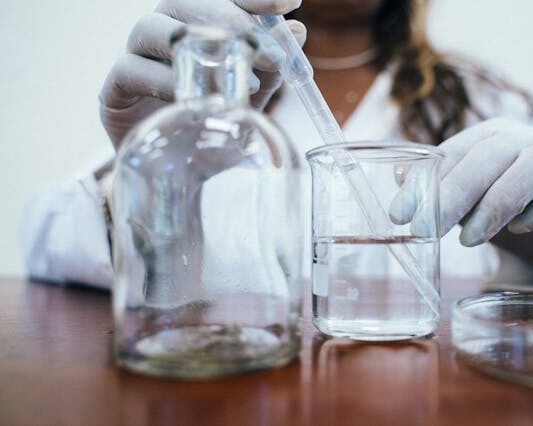-

Water Testing in Urban vs. Rural Areas: The Disparities and Solutions
Water testing is a critical aspect of ensuring safe drinking water, safeguarding public health, and preserving ecosystems. However, when comparing water testing in urban and rural areas, distinct challenges arise due to differences in infrastructure, resource allocation, and the types of contaminants present. Understanding these disparities is essential for addressing water quality issues and ensuring…
-

Why Regular Iron Testing is Vital for Your Well Water
Water testing is an essential step in ensuring that the water you rely on is clean, safe, and free from harmful contaminants. When it comes to well water, one of the most common issues that can affect its quality is iron. Iron may not pose serious health risks, but its presence can significantly affect the…
-

The Importance of Calcium Water Testing: Key Processes and Advantages for Individuals and Various Sectors
Water testing plays a crucial role in ensuring water quality and safety across different sectors. One of the most vital aspects of water quality testing is calcium testing. Calcium, an essential mineral in water, affects not only the taste and aesthetic qualities of water but also its overall usability. This article explores the importance of…
-

The Importance of the Turbidity Test in Water Testing Benefits for Individuals and Industries
Understanding the Turbidity Test in Water Testing Water testing is crucial for ensuring the safety, quality, and usability of water across different sectors. One of the most important methods in water testing is the turbidity test, which measures the cloudiness or clarity of water. This test is essential for monitoring water quality, detecting contamination, and…
-

Impact of Temperature on Water Quality Its Effects on Industries, Individuals, and the Critical Need for Water Testing
Temperature plays a vital role in determining the quality of water, influencing everything from chemical reactions to the growth of harmful microorganisms. As global temperatures rise, water quality becomes an even more pressing concern for industries, individuals, and environmental agencies. The impact of temperature on water quality cannot be ignored, and the necessity for water…
-

How Thermal Discharges into Water Affect the Solubility of Oxygen: Implications for Industries
Introduction Thermal discharges into water bodies, resulting from various industrial activities, are a major environmental issue. These discharges occur when water used for cooling purposes in industries is released back into rivers, lakes, or oceans at elevated temperatures. One of the most critical effects of thermal discharges is the reduction in the solubility of oxygen…
-

Water Testing: What is a Safe Level of Calcium in Drinking Water?
Water testing is a vital process in ensuring the quality of drinking water. One key element that is often tested is calcium, a mineral that naturally occurs in water due to the dissolution of rocks such as limestone, gypsum, and dolomite. While calcium is an essential nutrient for human health, high levels in drinking water…
-

How Does Temperature Affect Water Quality? The Role of Water Testing in Monitoring Temperature Impacts
Water quality is a crucial element for the health of aquatic ecosystems, human populations, and industries. While a variety of factors influence water quality, temperature plays a particularly significant role. Changes in temperature can alter the physical, chemical, and biological properties of water, influencing everything from oxygen levels to the growth of algae. Monitoring temperature…
-

The Future of Water Testing: Market Trends and Industry Expansion Through 2032
The global water testing market was valued at USD 2.43 billion in 2022. It is expected to grow at an annual rate of 5.21% from 2024 to 2031. By 2031, the market is predicted to reach USD 3.30 billion. Key findings from the research include: Market Growth: From 2018 to 2028, the market is expected…

